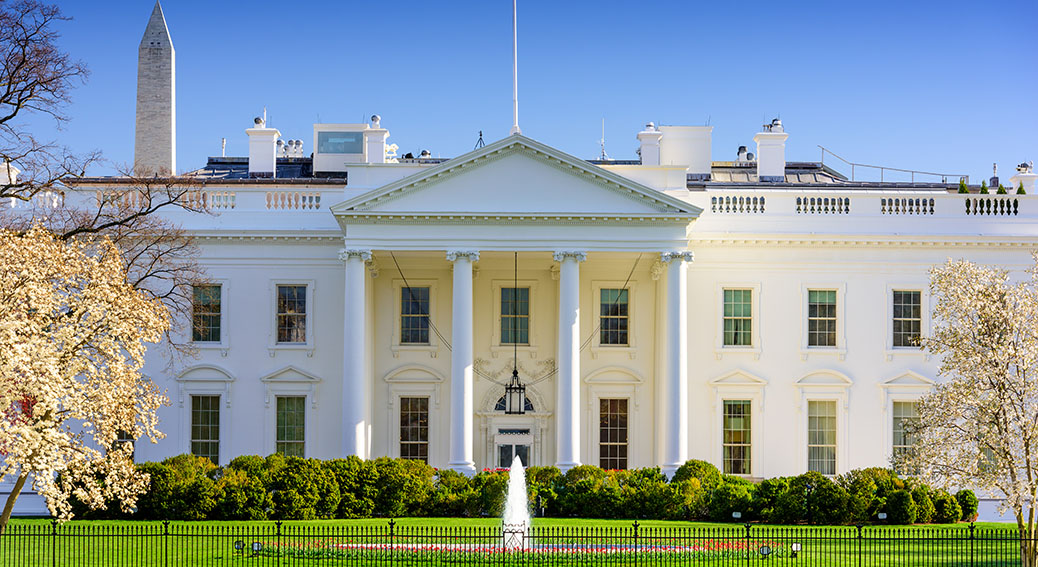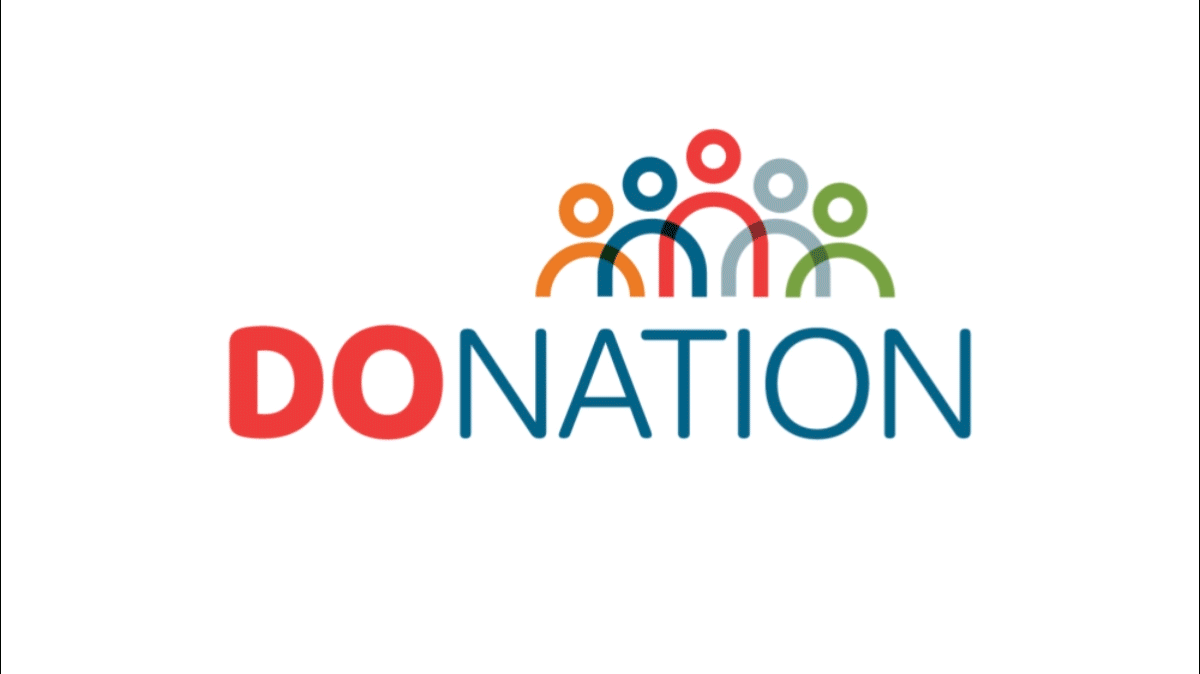The White House released its FY 2019 $4.4 trillion budget request proposal to Congress on Monday, as well as an addendum that reflects the two-year budget deal that was enacted last week. Proposed budget cuts that impact health care are highlighted here, while a department-by-department breakdown can be seen here. As in past years, the proposal calls for major cuts to Medicare, Medicaid, food stamps and other social programs over the next decade. Most observers agree that these proposed cuts are unlikely to be enacted, however we must remain vigilant.
The budget calls for cutting federal Medicaid funding by $250 billion over the next 10 years by repealing the Affordable Care Act and giving states more flexibility to bring down health costs. It would also cut roughly $237 billion from Medicare spending, though White House officials said this was meant to target what it believes are overpayments and would not lead to a reduction in benefits. The Supplemental Nutrition Assistance Program (SNAP), better known as food stamps, would be cut by $17.2 billion in 2019 and a boxed food delivery program would be implemented.
The budget proposes $10 billion in new resources across the Department of Health & Human Services to combat the opioid epidemic and address serious mental illness. As part of this effort, an initial allocation of $10 million would be made to the Food and Drug Administration to support investment in regulatory science in development of tools to stem the misuse and abuses of opioids and to provide technical assistance related to clinical study design of medication assisted treatments.
Funding was also earmarked for rebuilding infrastructure, including $100 billion for an incentives program that would provide matching funds to states and localities for a broad range of programs such as transportation and airports, passenger rail, ports and waterways, flood control, water supply and more.







